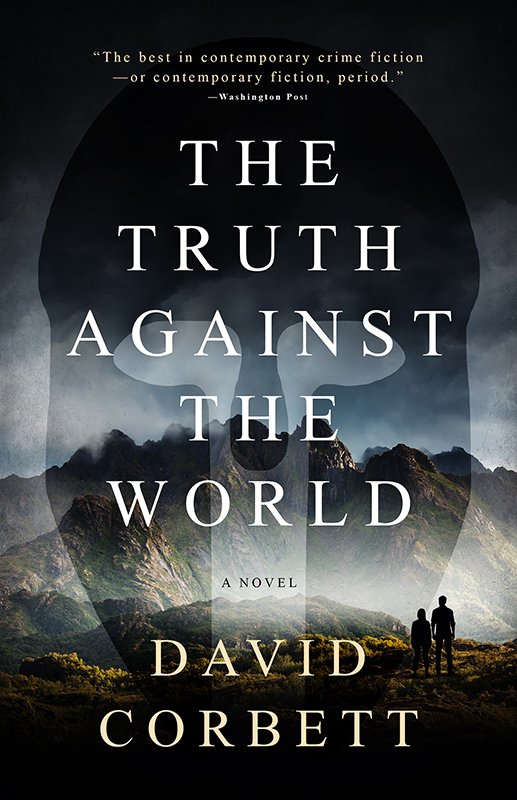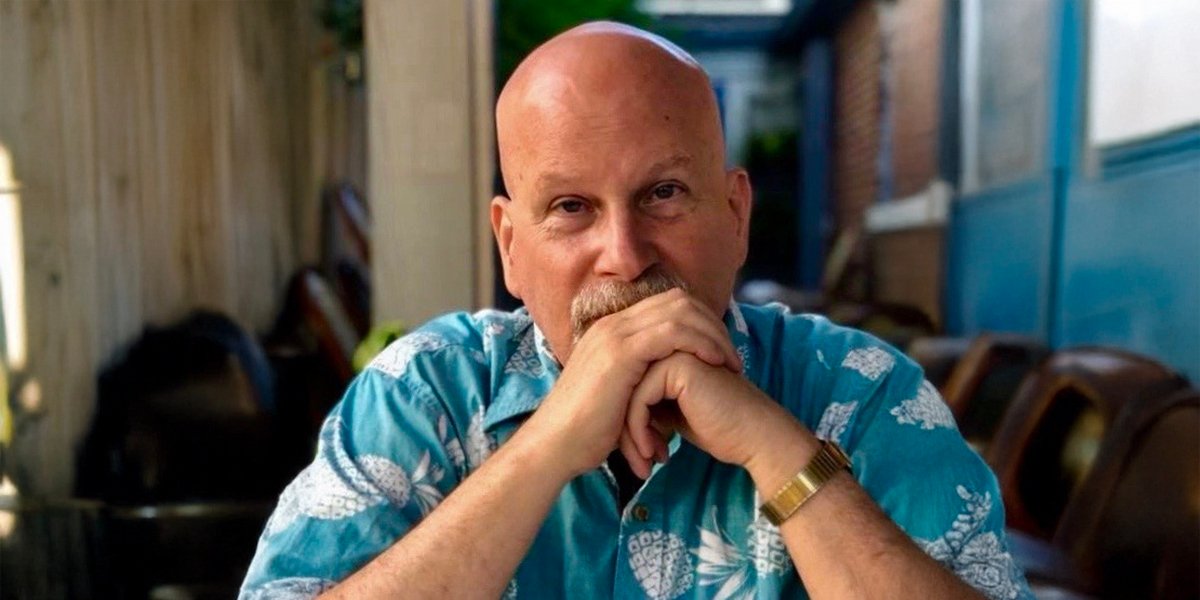PHOTO: David Corbett, award-winning author and master of character-driven fiction, brings a wealth of experience and authenticity to every story he tells.
Unveiling the Secrets of Storytelling
Award-winning author David Corbett discusses his journey from private investigator to novelist, the inspiration behind his works, the importance of authentic character development, and invaluable advice for aspiring writers.
David Corbett is a storyteller of rare depth and distinction, a writer whose works transcend genre to explore the intricacies of human nature, the weight of history, and the undeniable pull of truth. With a career spanning seven critically acclaimed novels, two indispensable writing guides, and an impressive body of short fiction, Corbett has cemented his place as one of the most insightful voices in contemporary literature. His ability to weave intricate narratives, steeped in both the hard-earned realism of his past as a private investigator and the boundless imagination of a born novelist, sets his work apart in the crowded landscape of crime, mystery, and historical fiction.
From the dystopian urgency of The Truth Against the World to the evocative historical intrigue of The Long-Lost Love Letters of Doc Holliday, Corbett’s storytelling is a masterclass in tension, nuance, and emotional resonance. His prose brims with the authenticity of lived experience—no surprise, given his years navigating the murky waters of criminal investigations. Yet, it is not merely his background that fuels his fiction; it is his unparalleled ability to create fully realised characters, their contradictions, ambitions, and vulnerabilities laid bare in ways that make them feel deeply, sometimes uncomfortably, real.
Beyond his fiction, Corbett’s contributions to the craft of writing are invaluable. The Art of Character and The Compass of Character have guided countless writers in shaping compelling narratives, proving that his insights are as vital in the classroom as they are on the page.
In this interview for Reader’s House, Corbett delves into his journey, his creative process, and the lessons he has learned along the way—offering readers a fascinating glimpse into the mind of a true literary craftsman.
David Corbett’s masterful storytelling, rich characterisation, and deep insight make him one of the most compelling and influential writers of today.
How did your experience as a private investigator influence your approach to writing crime fiction?
I took the job for the sake of the experience—I was a writer who became a PI, not the other way around—and it didn’t disappoint. I worked a number of high-profile cases and gained firsthand insight into how the justice system “works.” I met a transvestite junkie heir to a fortune, a detective who could’ve done standup, a nun-turned-money launderer, a single mom who dealt coke because she wanted to be at home with her newborn—not to mention the loved ones, the enablers, the enemies, even the pets of such people. You can’t learn the things I did from reading books or watching movies.
What inspired you to explore dystopian themes in The Truth Against the World?
That world bears an unsettling resemblance to present-day America, which seems needlessly polarized. I looked only a few years into the future and saw the political divide turning violent, with armed militias controlling whole areas of the country—the kind of “patriots” that sacked the Capitol and savagely beat police officers only to be pardoned by our felonious president. Given what’s happened since the book came out, I wonder if I shouldn’t have been even wilder in my imaginings.
How do you balance historical accuracy with creative storytelling in books like The Long-Lost Love Letters of Doc Holliday?
First, an anecdote: when I showed that manuscript to my agent, she said, “My God, where did you find those letters?” To which I replied, “I wrote them.”
I’m very much enamored of a line from The Sense of an Ending by Julian Barnes (paraphrased): History is what takes place where the failure of memory meets the lack of documentation. You read as much as you can to make sure you’re not making any obvious mistakes, then let your imagination roam free in the no man’s land where human memory and the written record fail. Finally, be true to the voice and tone of the times—anachronism, especially in speech patterns and vocabulary, is the death of historical fiction.
“Read as much as you can to make sure you’re not making any obvious mistakes, then let your imagination roam free.” – David Corbett
What are the most common mistakes writers make when developing character motivation, and how can they avoid them?
The idea that a character has a single, overriding goal is one of the most threadbare cliches of fiction. A character without contradiction resembles a silhouette, not a fully dimensional figure. And at the heart of every character lie two equally valid, mutually antagonistic drives—to avoid the pain of life and to pursue the promise of life.
Can you share a particularly memorable case from your investigative work that shaped your storytelling?
The protagonist of The Devil’s Redhead was based on one of the key figures—we’ll call him David—in a west coast cadre of pot smugglers known as the Coronado Company. They were Navy brats who’d grown up around the water in southern California, or they were Viet Nam war vets who couldn’t settle down. As a group they were more wild than evil. David was enjoying drinks one evening at the No Name Bar in Sausalito with a doctor friend and his wife. It being a beautiful, moonlit night, they decided to go sailing, but what they didn’t realize was that the fuel tank on the doctor’s boat had leaked and a pool of gasoline lay at the bottle of the hull. When the motor started, a spark hit the fumes and the boat exploded. All three were thrown violently from the boat and pitched into the flaming water. David was an excellent swimmer and set about trying to rescue his friends. Gas being lighter than water, David had to swim through flames as he first gathered the doctor’s wife and took her to a buoy, calling out to the doctor, urging him to hold on until he could get to him to safety as well. David suffered third degree burns on one whole side of his body, but he couldn’t wait for paramedics to arrive—sooner or later, the authorities would discover who he really was. So he slipped away, received care on the sly from a friendly member of, let us say, the extended medical profession, and disappeared. I thought to myself—now that’s a character who can carry a book, despite his “moral ambiguity” (a term used by an agent who turned down the manuscript).
What advice would you give to aspiring writers looking to create compelling and authentic characters?
Saul Bellow remarked, “Writers are readers inspired to emulation.” Your best teachers are the writers you admire, especially those who inspire your own ambition. Read them again and again, learn from them—better to revisit frequently the writers you admire than read widely. That will provide better guidance than any advice I can provide, with this caveat: avoid basing your characters on other characters. As much as possible, use the people in your own experience for inspiration. Late in life, John Updike wrote a poem titled “Peggy Lutz, Fred Muth.” In it, he wrote:
Dear friends of childhood, classmates, thank you,
scant hundred of you, for providing a
sufficiency of human types: beauty,
bully, hanger-on, natural,
twin, and fatso—all a writer needs
I also recommend this sage advice from the late, great Oakley Hall: “Steal wisely.”
EDITOR’S CHOICE
A gripping, thought-provoking thriller with rich character depth, razor-sharp prose, and relentless tension—The Truth Against the World is utterly compelling.



